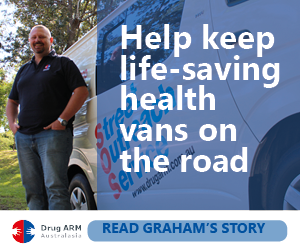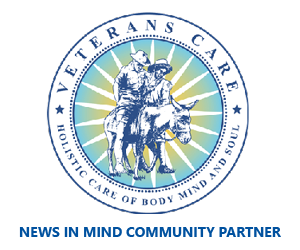INSTALLING barriers and safety nets at suicide hotspots can reduce the number of deaths at the sites by more than 90 per cent.
AND the number also appeared to be significantly lowered by installing signs and crisis telephones, as well as by increasing surveillance by using CCTV and suicide patrols.
“These key interventions have the potential to complement each other and buy time to allow an individual to reconsider their actions and allow others the opportunity to intervene,” says the study’s lead author Professor Jane Pirkis from the University of Melbourne.
The research, published in The Lancet Psychiatry journal, analysed data from international studies examining 18 suicide hotspots, such as high bridges, around the world.
“Our meta-analysis provides evidence that restricting access to means, encouraging help-seeking, and increasing the likelihood of intervention by a third party can reduce deaths by suicide at suicide hotspots,” the authors said.
Prof Pirkis noted that suicide methods at high-risk locations are not the most common ways for people to take their own lives and may only have a small impact on overall suicide rates. But she said suicide attempts at the sites are often fatal and attract high profile media attention, which can lead to copycat acts.
“These methods of suicide also have a distressing impact on the mental wellbeing of witnesses and people who live or work near these locations,” she said.
Lifeline Research Foundation executive director Alan Woodward said the research supported the whole-of-community response it promoted at Australian suicide hotspots.
“This study shows that reducing the means to suicide, such as through the installation of barriers and safety nets, should be an essential part of the federal government’s National Suicide Prevention Strategy,” he said.
In the last financial year, Lifeline’s Hot Spot Service answered more than 5661 calls from locations with emergency crisis phones and signs.
This article first appeared on ‘
Herald Sun’ on 23 September 2015.























